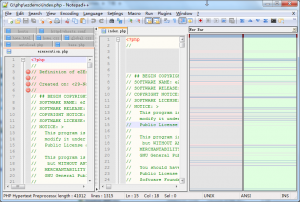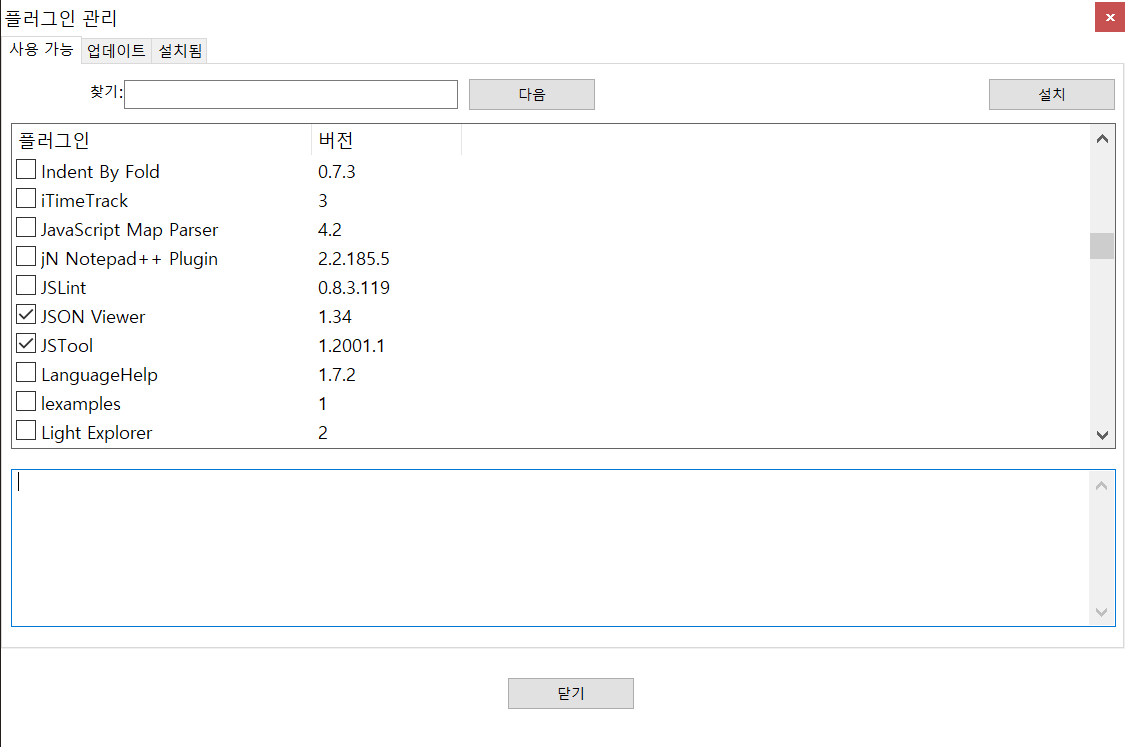

Some references cite that the correct pronunciation is “Jason” but its originator is also on record saying that he doesn’t care. As the name has no vowels, some people are unsure of how to pronounce it – whether it’s pronounced like the name “Jason” or more like how it’s commonly read, which is with emphasis on the second syllable: “Jay-sawn”. The acronym was coined by a company called State Software and is further attributed to its co-founder Douglas Crockford, who originally popularized JSON. JSON offers several advantages that give you an edge in developing better and faster websites, so it’s useful to understand JSON.Īs stated before, JSON is an acronym that stands for JavaScript Object Notation. The topic will likely turn up in the course of developing a web app or any kind of website, so it’s better to be prepared. If you are not familiar with it yet, it would be great to learn a few basics so you can understand the principles behind JSON and what JSON is used for. JSON is an important part of any developer’s practical toolkit. Sign up for Moralis for free today to supercharge your Web3 and dApp development! More information about how Moralis works with files is available in the following YouTube Moralis file tutorial: If you want more technical information about how Moralis handles data storage internally, be sure to check out our official documentation on Data Storage. Specifically, Moralis stores internal data as JSON, meaning that any type of data that can be converted to JSON can be stored on Moralis. However, there are situations when it can be helpful to get some insight into how data is stored on the Moralis platform. Moralis is all about ease of use, so the Moralis SDK is designed so that you won’t need to worry about how data is stored. You’ll likely already know that the Moralis Real-Time Database enables you to store JSON data, and sync any data between users in real-time.

When working with Moralis, however, you don’t even need to know all the nitty-gritty details of JSON. As such, let’s dive into JavaScript Object Notation to answer “what is JSON?”.

Nevertheless, JSON is important enough for web development (and Web3 development) that it deserves a guide of its own. We’ve briefly touched on JSON in our “ What is JavaScript? ” article, and in our guide comparing Infura alternatives. JSON, which stands for JavaScript Object Notation, is a text-based data interchange format that’s based on JavaScript object syntax. If you’re a developer, you’ve likely heard of JSON.


 0 kommentar(er)
0 kommentar(er)
